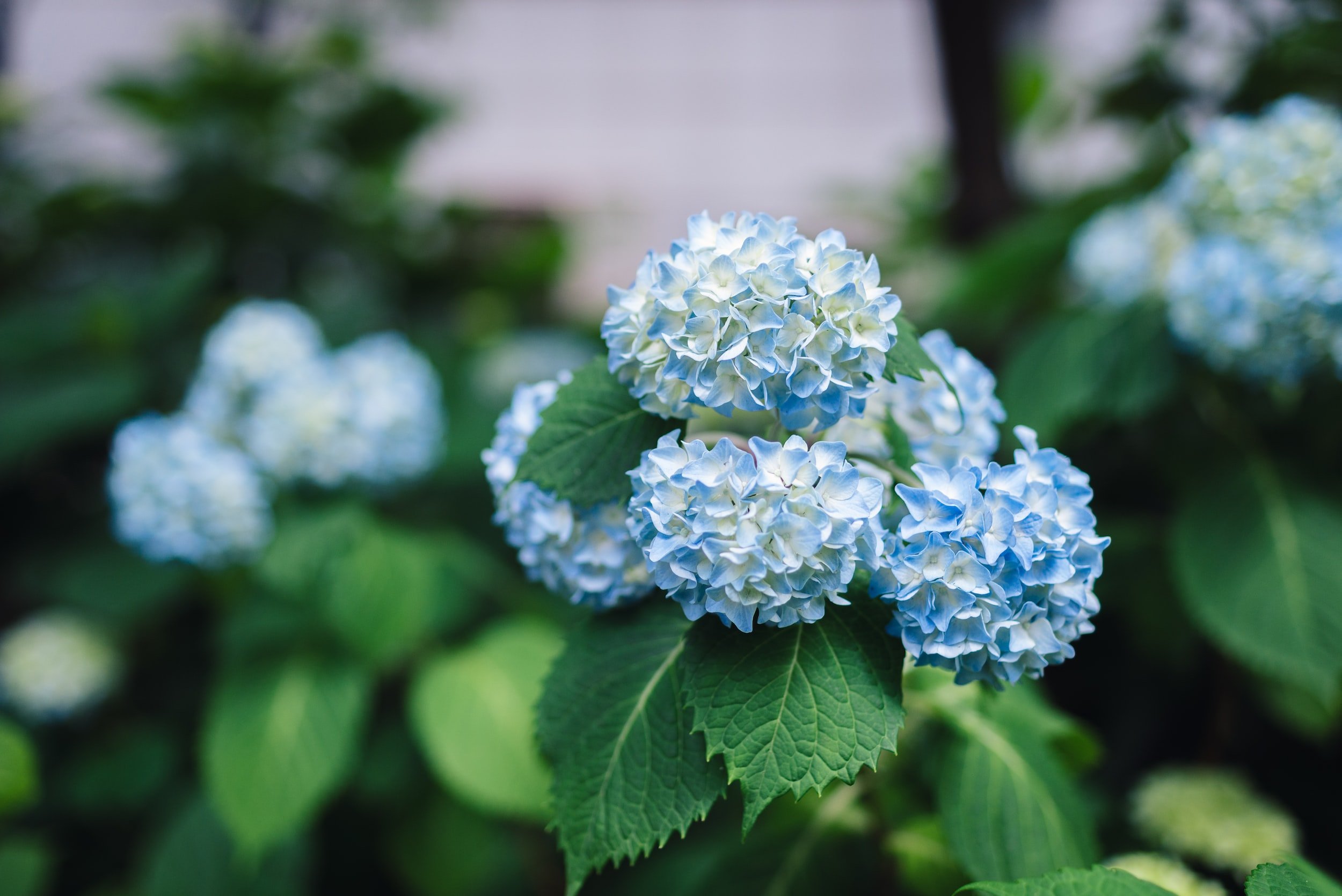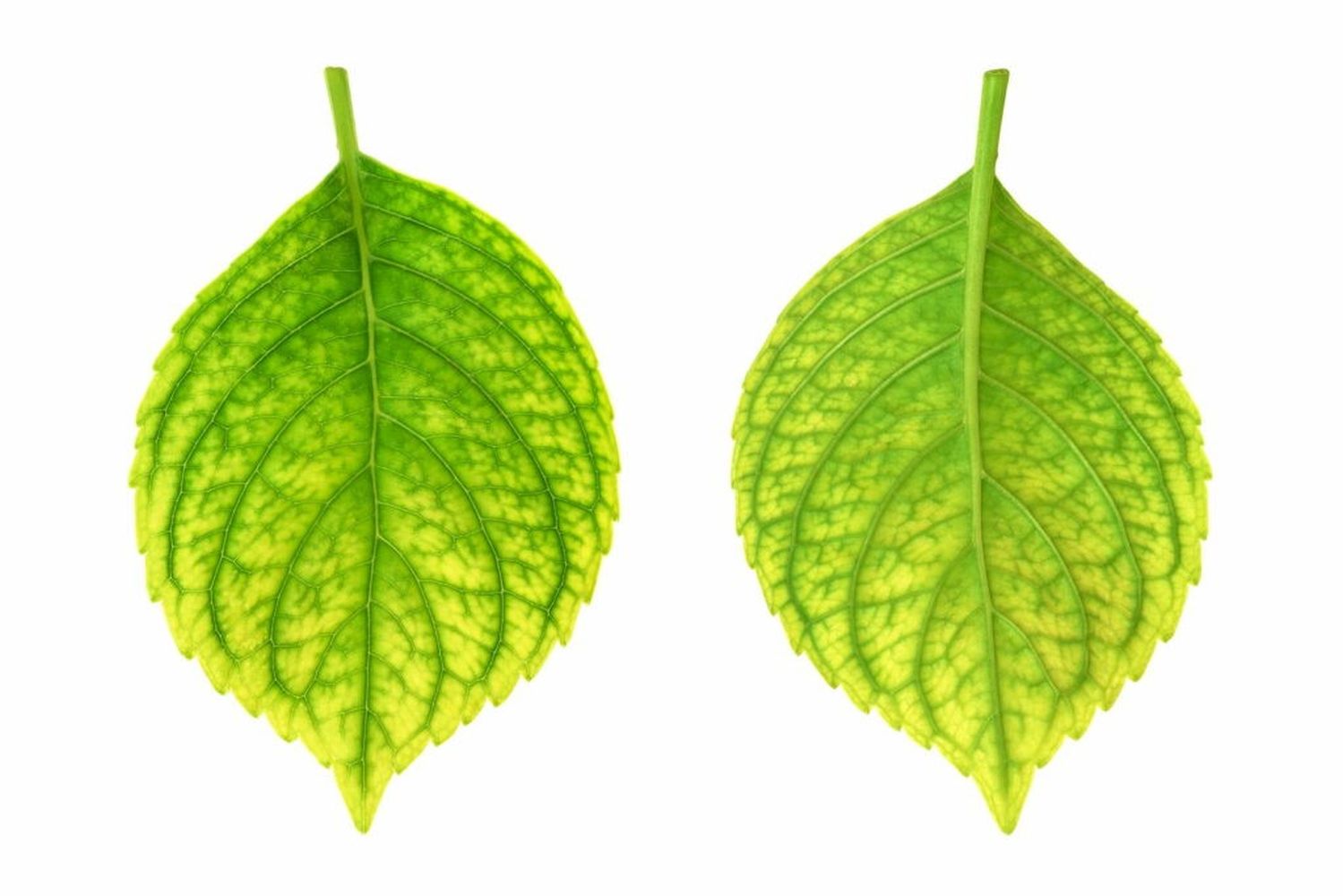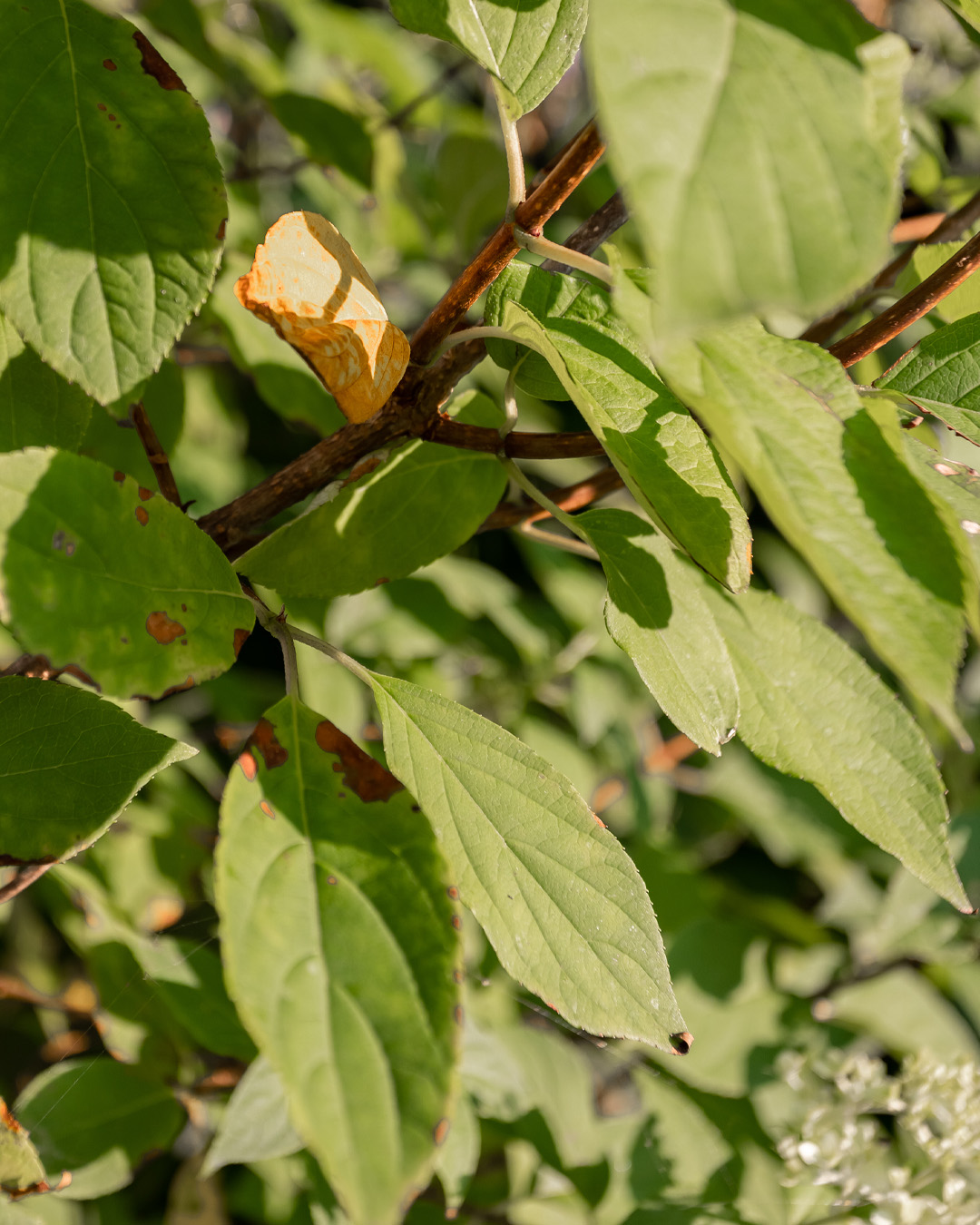The Only Guide to Hydrangea Leaves Turning Yellow
Table of ContentsSome Known Details About Hydrangea Leaves Turning Yellow Our Hydrangea Leaves Turning Yellow PDFsThe Single Strategy To Use For Hydrangea Leaves Turning YellowThe Of Hydrangea Leaves Turning YellowHow Hydrangea Leaves Turning Yellow can Save You Time, Stress, and Money.What Does Hydrangea Leaves Turning Yellow Mean?
Sprinkling your plant with tough water creates the plant's leaves to turn yellow, however the blood vessels will certainly continue to be environment-friendly. This problem is called interveinal chlorosis, in which the yellowing is extra noticeable on the newer and growing fallen leaves. Nitrogen is a primitive nutrient for plants. It is made use of in the construction of amino acids and thus contributes to DNA and RNA manufacturing.Those signs include stunted growth and the yellowing of reduced, older leaves in the plant. We're below to assist you with that (Hydrangea Leaves Turning Yellow).
Iron-tone is ready to make use of and needs no mixing and will certainly recover deep environment-friendly color to chlorotic yellow plants, FOR NATURAL HORTICULTURE: Iron-tone is approved for natural horticulture; It is a registered Organic Input Product indicating it meets all demands for natural manufacturing, MADE IN THE U.S.A.: Item of the Espoma Business.

How Hydrangea Leaves Turning Yellow can Save You Time, Stress, and Money.
This is one of the most typical troubles that brand-new hydrangea gardeners and knowledgeable experts go with every season. There are a couple of, really typical, elements that could create your hydrangea leaves to become blemished and brownish.

Water in little amounts, regularly enabling the water time to drain pipes. Because of too much fertilization in summer, a melt may appear on the fallen leaves. Hydrangeas do not need excessive when it comes to fertilizing. They profit from an application of fertilizer in the spring. Feeding in the summer warm can get complicated.
You might see some brownish edges on your fallen leaves. The melt shows up on the leaves, however that doesn't suggest that the plant food in fact made contact with the leaves.
Getting My Hydrangea Leaves Turning Yellow To Work
If you have found these crispy fallen leaves on your plant, you can leave them. Or you can clip them off to help the look of your plant. One of the most typical insects are aphids, spider termites and beetles. Hydrangeas can have concerns with typical garden insects such as. The feeding injuries of these bugs can turn brownish and trigger brown places to appear on the fallen leaves and stems of the plant.
Knock the beetles into a pail of soapy water, or use a solid spray from your hose pipe to interfere with the aphids. You can also click reference spray soapy water onto all of the plant's surface areas.
You can attempt to visit homepage avoid fungal illness by maintaining your gardens neat and totally free of particles. These fallen leaves that will certainly linger, waiting to attack in the following expanding season.
Copper fungicides are, yet if they are overused they can become hazardous to your plant. Clip the leaves, and remove them from the garden.
The Basic Principles Of Hydrangea Leaves Turning Yellow

To promptly remedy this, you will wish to water your hydrangeas!.?. !! Water them gradually so the plants can take in that water. Usually in areas where plants have actually ended up being dried, the dirt is dry and the overflow of water ends up being an issue. Including water to extremely dried out dirt and the problem will not settle itself.
If this is a reoccuring issue, you most likely require to rethink your watering routine. Developed plants may need to be sprinkled one to three times each week, depending on your problems. These shrubs will certainly do ideal with one inch of water weekly. It might appear tempting to spray the leaves down.
Water the base of the plant,. As soon as the plant has actually recoiled, you can resume a regular watering schedule.
The Ultimate Guide To Hydrangea Leaves Turning Yellow
You useful content can try to prevent fungal conditions by keeping your gardens neat and devoid of particles. Give your yards a great loss and springtime tidy up and eliminate all leaf clutter from the ground, along with from within the crown of the plant. These leaves that will certainly remain, waiting to attack in the next expanding season.
These can be found at yard. Keep in mind to follow the directions on the tag of the fungicide you purchase. Copper fungicides are, however if they are overused they can become harmful to your plant. Getting rid of infected leaves is additionally a terrific action. Clip the leaves, and remove them from the garden.
If they aren't obtaining adequate water, their fallen leaves will brown. Hydrangeas have a in the midday sun, and recovering once the sunlight has actually changed and the plants have some time to recover. If this happens repeatedly you may discover brownish and crispy fallen leaves that are drooping. This is their way of letting us know that it requires some additional dampness.
!! Water them slowly so the plants can saturate up that water. Generally in areas where plants have come to be dried out, the soil is completely dry and the drainage of water ends up being a problem.
The Ultimate Guide To Hydrangea Leaves Turning Yellow
If this is a repeating concern, you possibly need to reassess your watering routine. Established plants may require to be watered one to 3 times each week, depending on your problems. These bushes will do ideal with one inch of water per week. It might seem alluring to spray the fallen leaves down.
Water the base of the plant,. When the plant has actually recoiled, you can return to a regular watering routine.